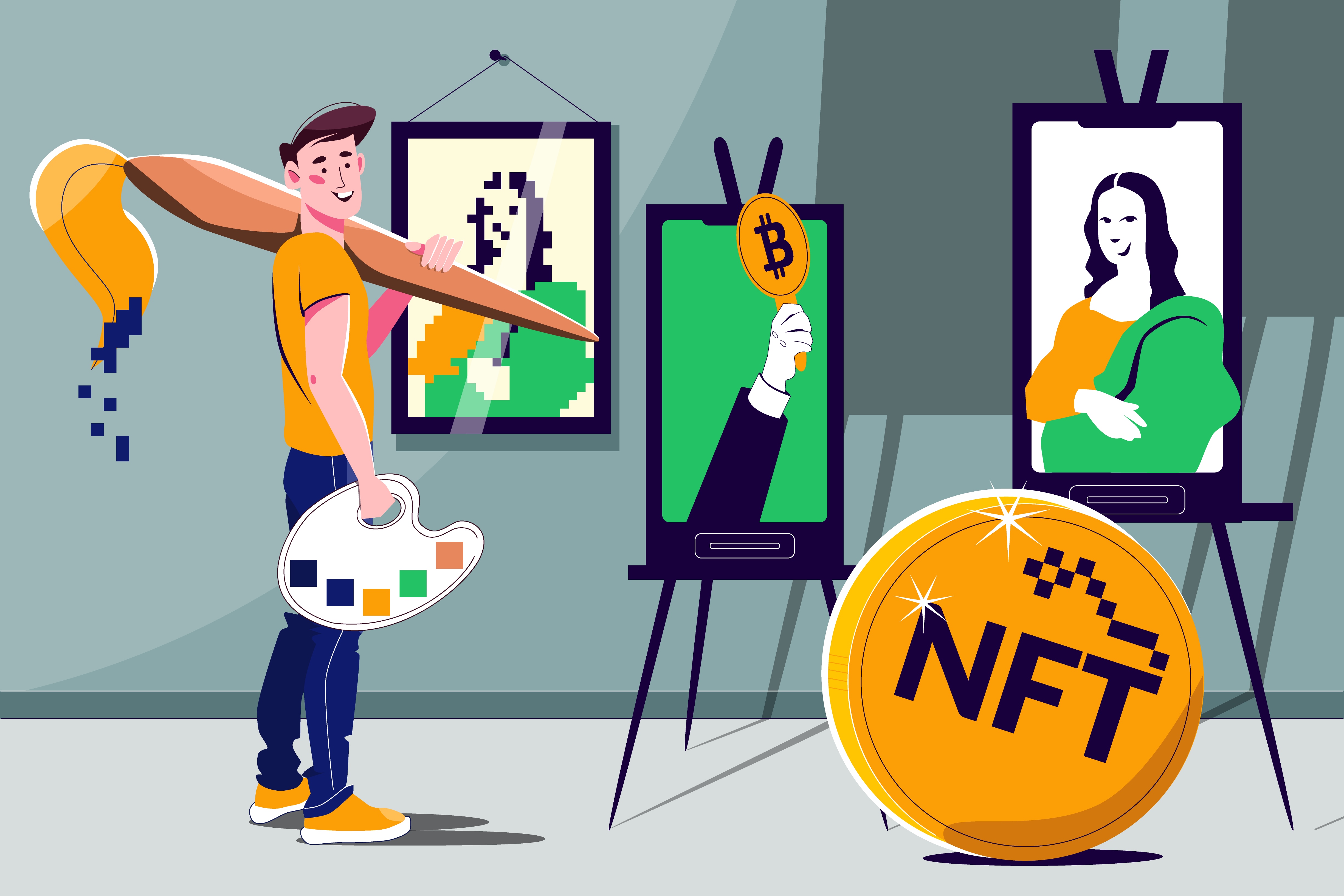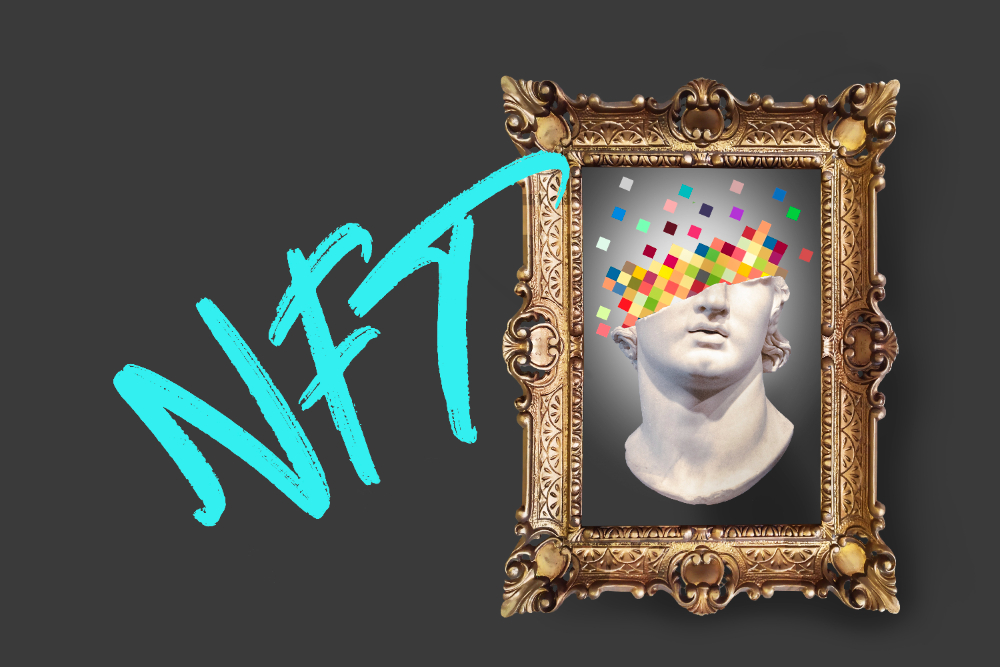The Intersection of Art and Technology: Digital Art and NFTs
Art has always evolved alongside technology, from the invention of photography to the rise of digital tools like Photoshop and 3D modeling software. Today, the digital revolution has given rise to a new frontier: digital art and NFTs (non-fungible tokens). These innovations are reshaping the art world, offering new opportunities for artists and collectors while sparking debates about ownership, authenticity, and the value of art in the digital age.

The Rise of Digital Art
Digital art refers to artwork created using digital tools, such as:
-
Graphic design software (Adobe Photoshop, Illustrator, Procreate)
-
3D modeling and animation (Blender, Cinema 4D)
-
Generative art (AI-assisted or code-based artwork)
-
Interactive and immersive experiences (VR and AR-based art)
Digital artists now have more creative freedom than ever, experimenting with new forms and pushing the limits of artistic expression. However, before the advent of NFTs, selling digital art posed a challenge—since digital files could be easily copied, artists struggled to prove ownership and control distribution.
What Are NFTs and How Do They Work?
NFTs are blockchain-based digital certificates of ownership, ensuring that a particular digital artwork is original and verifiable. Each NFT is unique, making it different from cryptocurrencies like Bitcoin, which are interchangeable. Here's how NFTs work:
-
Creation (Minting): Artists create a digital artwork and "mint" it as an NFT on a blockchain, such as Ethereum or Solana.
-
Ownership & Provenance: The blockchain records the NFT's history, making it easy to track ownership and authenticity.
-
Buying & Selling: NFTs are sold on platforms like OpenSea, Rarible, and Foundation, often through cryptocurrency transactions.
-
Royalties & Smart Contracts: Many NFTs include smart contracts that ensure artists receive royalties from future sales.
How NFTs Are Changing the Art Market
Empowering Artists
NFTs allow artists to sell their work directly to collectors, bypassing traditional gatekeepers like galleries and auction houses. This shift gives artists greater financial independence and control over their work.
Digital Scarcity and Value
Before NFTs, digital art could be endlessly copied without losing value. Now, NFTs introduce digital scarcity, where each piece can be uniquely owned and authenticated, increasing its perceived worth.
Expanding the Collector Base
NFTs have attracted a new wave of collectors, including tech enthusiasts and cryptocurrency investors. Unlike traditional art collecting, where physical storage and preservation are concerns, NFT ownership is entirely digital.
Challenges and Controversies
While NFTs have created exciting opportunities, they also raise important concerns:
-
Environmental Impact: Many NFT transactions rely on blockchain networks that consume significant energy, raising sustainability concerns.
-
Speculation & Volatility: The NFT market is highly speculative, with some artworks selling for millions while others lose value quickly.
-
Copyright Issues: Digital artists sometimes find their work minted as NFTs without their permission, leading to debates about intellectual property rights.

The Future of Digital Art and NFTs
The intersection of art and technology continues to evolve. Future advancements may include:
-
More sustainable blockchain solutions to reduce the environmental impact of NFTs.
-
Integration with virtual and augmented reality for immersive digital art experiences.
-
Greater regulation and copyright protections to prevent art theft and misuse.
Despite the controversies, digital art and NFTs are redefining creativity, ownership, and value in the art world. Whether they remain a passing trend or a lasting transformation, their impact on the art industry is undeniable.












